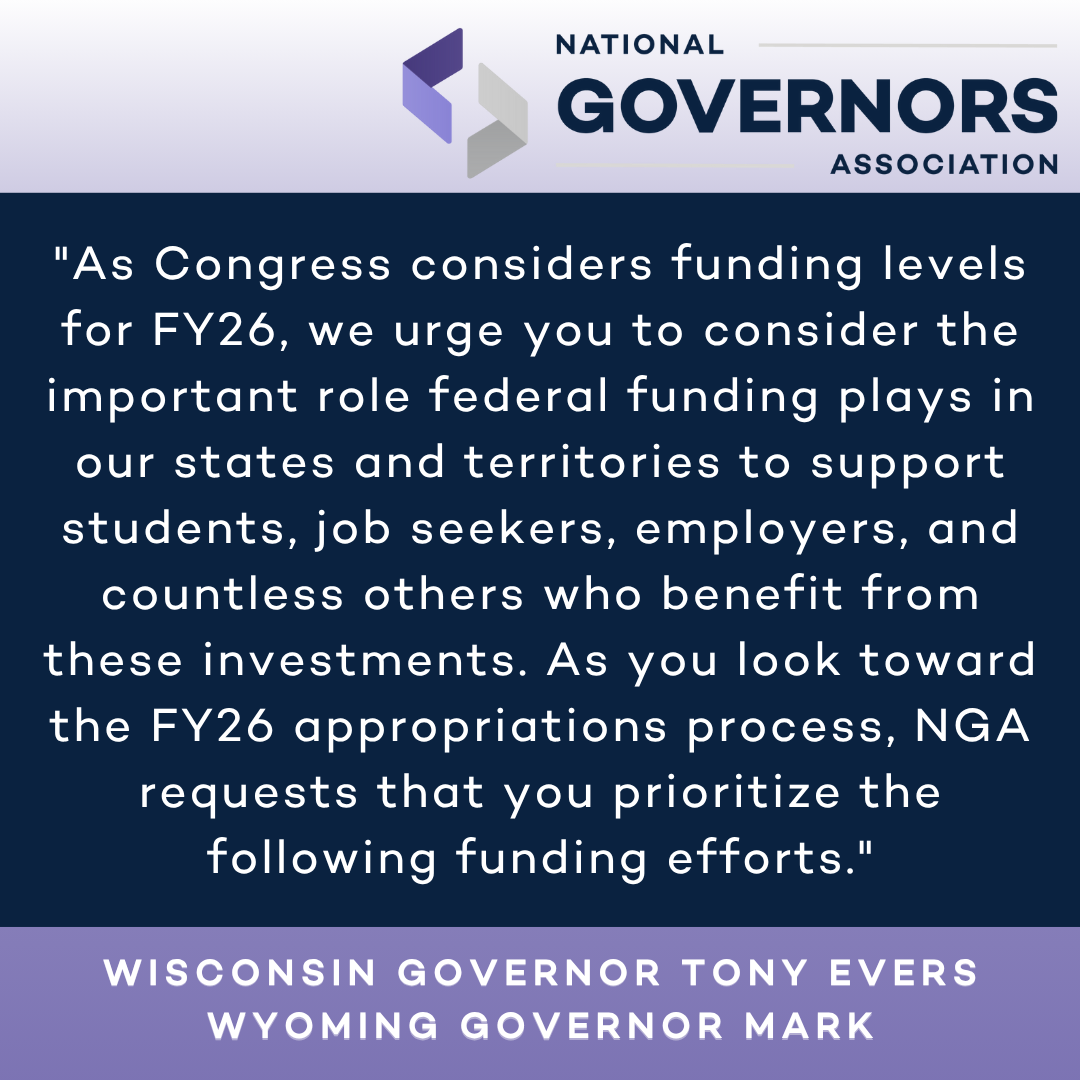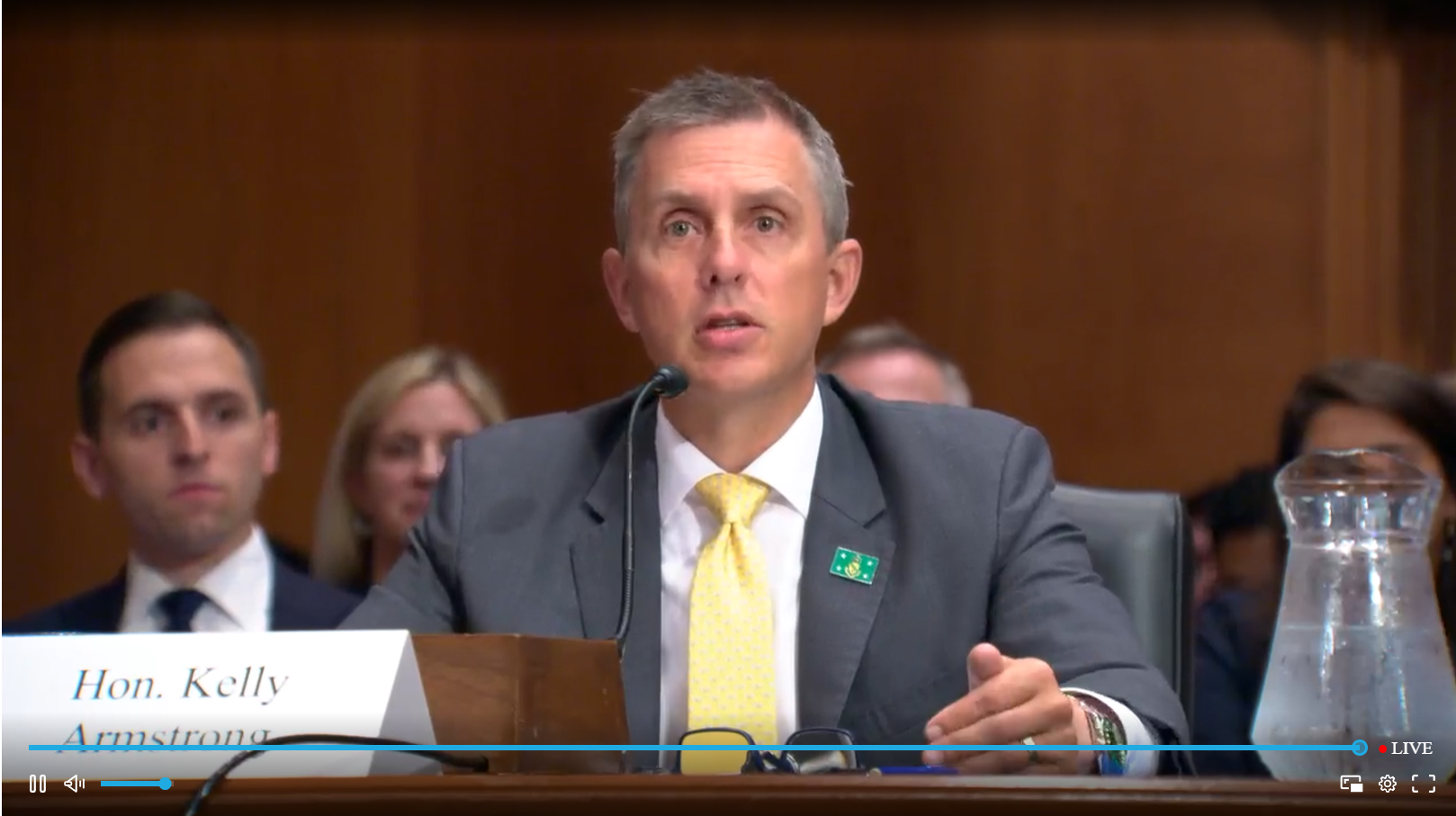
The Honorable Mitch McConnell
Majority Leader, United States Senate
U.S. Capitol Building, Room S-230
Washington, DC 20510
The Honorable Chuck Schumer
Minority Leader, United States Senate
U.S. Capitol Building, Room S-224
Washington, DC 20510
The Honorable Nancy Pelosi
Speaker of the House, United States House of Representatives
U.S. Capitol Building
Washington, DC 20515
The Honorable Kevin McCarthy
Minority Leader, United States House of Representatives
U.S. Capitol Building
Washington, DC 20515
We write today to advocate on behalf of states, territories, counties, cities and towns in support of an enhanced federal medical assistance percentage (FMAP) for the Medicaid program in the next bipartisan COVID relief bill.
We appreciate Congress and the Administration moving quickly to provide a 6.2 percentage point FMAP increase in the Families First Coronavirus Response Act (P.L. 116-127) and making these funds available to states from January 1, 2020 through the quarter in which the public health emergency period ends. Given the magnitude of both the public health and economic crises the nation continues to face, state and local governments need more support to provide health care services to individuals and families. We urge Congress to provide an additional FMAP increase of at least 5.8 percentage points, be retroactive to January 1, 2020, and remain until September 30, 2021, regardless of unemployment conditions. After September 30, 2021, the 12 percent FMAP increase should not be reduced until the national unemployment rate falls below 5 percent. In addition, we request additional FMAP increases be determined based on the increase in a state’s unemployment rate. Healthcare is inextricably linked to economic recovery from the COVID-19 pandemic. According to the U.S. Bureau of Labor Statistics, more than 40 million Americans have filed for unemployment benefits in the past 10 weeks. When someone loses their job, they often will also lose employer-based health coverage. Studies of past recessions have found that a growth in the unemployment rate results in a substantial increase in Medicaid enrollment; at the same time, state revenues decline. The Government Accountability Office (GAO) reported that during the Great Recession, the unemployment rate grew from 5 to 9.5 percent, while Medicaid enrollment rose by 9.7 percent — adding nearly 4.3 million enrollees to the program. There is ample precedent for Congress acting during economic downturns to temporarily increase the FMAP, including increasing the FMAP by nearly 12 percentage points a decade ago.
According to the National Association of State Budget Officers (NASBO), in fiscal year 2019 Medicaid was the largest expenditure for states, accounting for nearly 29 percent of total spending from all funds. The COVID-19 pandemic is drastically shrinking state and local revenue with most states experiencing a budget shortfall ranging between 5 and 20 percent. Even states with a lower shortfall will be challenged to provide adequate healthcare services to their residents. This leaves state and local leaders with tough choices to balance their budgets while responding to a pandemic.
For example, Georgia’s enacted budget included a 10 percent budget cut across the board. Florida’s state Medicaid program grew by nearly 8 percent between February and May and it is estimated this could blow a $1 billion hole in the state’s budget for the 2020-2021 fiscal year, which began July 1. Ohio has seen an increase of 140,000 additional Ohioans enrolled in Medicaid in April alone, which now covers about 1 in 4 residents. In 2012, 46 states cut rates for some health care providers, long after the official end of the Great Recession.
Additionally, we urge that the proposed Medicaid Fiscal Accountability Rule be rescinded. We believe this rule would reduce the ability of states and localities to finance the non-federal share of Medicaid, resulting in a reduction in federal Medicaid funding for the public health and hospital systems and destabilizing them at a time when healthcare and public health services are needed most. As stakeholders in the Medicaid program we are happy to engage with you and the Administration on other ways to increase transparency in Medicaid financing.
Thank you in advance for your consideration. We look forward to working with you to ensure that Americans have access to critical, often life-saving, health care.
Sincerely,
Alabama Hospital Association
Alliance for Early Success
America’s Health Insurance Plans (AHIP)
America’s Essential Hospitals
American Academy of Family Physicians
American Academy of Pediatrics
American Association of Nurse Practitioners
American Cancer Society
Cancer Action Network
American College of Obstetricians and Gynecologists
American Federation of State, County and Municipal Employees
American Health Care Association (AHCA)
American Kidney Fund
American Lung Association
American Medical Association (AMA)
American Physical Therapy Association
American Thoracic Society
Anthem
Arizona Hospital and Healthcare Association
Association for Behavioral Health and Wellness
Association for Community Affiliated Plans
Association of American Medical Colleges (AAMC)
Association of Minnesota Counties
Asthma and Allergy Foundation of America
Blue Cross Blue Shield Association
California Association of Public Hospitals and Health Systems
California Dental Association
California Hospital Association
California Medical Association
California State Association of Counties
Centene Corporation
Children’s Defense Fund
Children’s Hospital Association
Children’s Hospital of Philadelphia
Colorado Hospital Association
Community Health Systems (CHSPSC, LLC)
Council of Florida Medical School Deans
County Welfare Directors Association of California
CVS Health
Dexcom DHR
Health Epilepsy Foundation
Esri, Inc.
Families USA
Family Voices
Federation of American Hospitals
First Focus Campaign for Children
Florida Medical Association
Greater New York Hospital Association
HCA Healthcare
Healthcare Association of New York
State Hospital and Healthsystem Association of Pennsylvania
Idaho Hospital Association
Illinois Health and Hospital Association
Illinois State Association of Counties (ISACo)
International City/County Management Association
LeadingAge
LifePoint Health
Massachusetts Medical Society
MAXIMUS
Medicaid Health Plans of America (MHPA)
Medical Association of Georgia
Medical Society State of New York
Michigan Health & Hospital Association
Molina Healthcare
National Alliance for Medicaid in Education (NAME)
National Alliance on Mental Illness
National Alliance to Advance Adolescent Health
National Association for Behavioral Healthcare
National Association of Community Health Centers (NACHC)
National Association of Counties
National Association of County Human Services Administrators
National Association of Pediatric Nurse Practitioners
National Association of State Budget Officers
National Conference of State Legislatures
National Council on Aging
National Governors Association
National Health Law Program
National League for Nursing
National League of Cities
North Carolina Healthcare Association
North Carolina Medical Society
Nurse-Family Partnership
Physician’s Advocacy Institute
Premier healthcare alliance
Providence St. Joseph Health
Rural Hospital Coalition
Safety Net Hospital Alliance of Florida
School-Based Health Alliance
Service Employees International Union (SEIU)
South Carolina Hospital Association
Tennessee Hospital Association
Texas Essential Healthcare Partnerships (TEHP)
Texas Hospital Association
Texas Medical Association
Texas Organization of Rural and Community Hospitals (TORCH)
The Arc of the United States
The Catholic Health Association of the United States
The Council of State Governments
The Jewish Federations of North America
The U.S. Conference of Mayors
United University Professions
United Way Worldwide
Universal Health Services, Inc.
Utah Hospital Association
Vizient, Inc.
Washington State Hospital Association
Wisconsin Hospital Association












